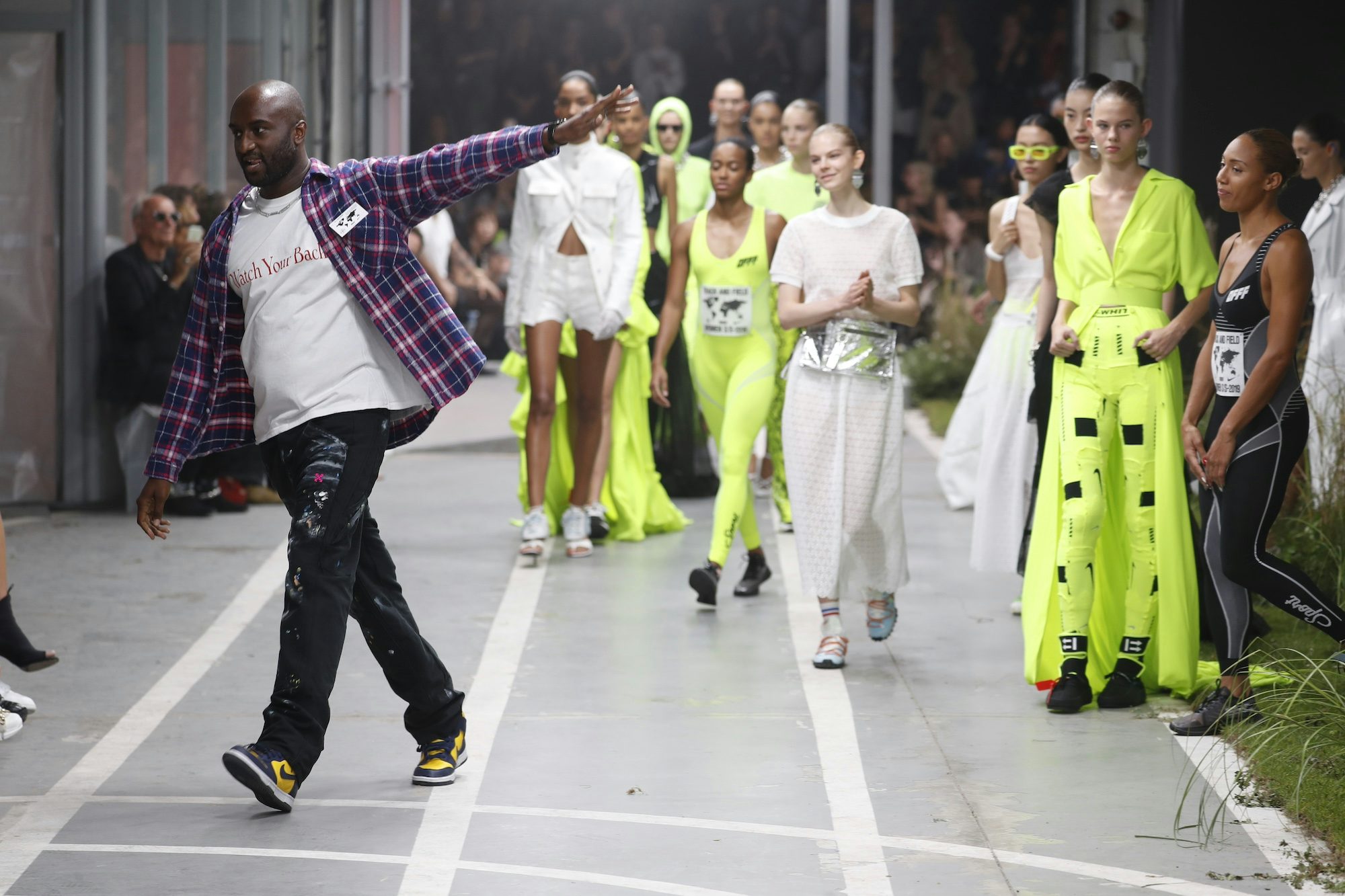Why we need to embrace the blur
Unpredictable times can create a desire for control and order, but this results in blandness when it comes to design and advertising, says Wolff Olins’ Wayne Deakin. Instead we need to engage with the chaos
An orange, walkie-talkie-style gadget called the R1 caused a bit of a stir at the Consumer Electronics Show in Las Vegas (CES) recently, and it is a timely reminder for brand owners and agencies weighing the opportunities and challenges that will shape 2024. Built by technology start-up Rabbit, the R1 is the latest entrant in the race to build the iPhone of artificial intelligence – a next generation piece of hardware that will enable its users to access and deploy AI agents to carry out a range of different tasks.
It is primarily a voice-activated universal controller for apps powered by a Large Action Model, in theory making it versatile and adaptable as it does not depend on a special interface. It also has a training mode, meaning users can teach it to perform special actions. An exciting prospect; let’s hope it lives up to expectations as it rolls out to market.
At first glance, the R1 offers brand owners a snapshot of a world beyond smartphones and a tantalising prompt for all the possibilities AI-powered brand interactions and experiences will enable. Stop and think about its boxy rabbit icon, bright orange casing, and norm-busting promise – it’s category-defining branding and design. In fact, the R1’s stand-out look and ground-breaking proposition sum up what’s lacking in much brand design today.
I’m talking about the prevalence of generic, vanilla design that comes from an industry overly focused on neatly fitting ideas into predefined boxes. This is something that’s now so endemic it’s undermining our industry’s potential for creativity and innovation and our ability to produce truly outstanding, surprising and compelling work.
Consider, for a moment, some of the visionaries in the dynamic worlds of creative innovation. Virgil Abloh, for example, who left an indelible mark on fashion. Milton Glaser, the man behind the iconic I ❤ NY mark in graphic design. Or George Lois, who revolutionised magazine design during his tenure as art director of Esquire.
Each challenged and disrupted established design paradigms, fearlessly pursuing the unconventional. To great risk too. All redefined their field, inspiring a new generation to think outside established boundaries, by breaking free from the industry norms. But they also had something else in common: they all thrived in the blur between skill sets, mediums and formats, seeing silos as things to challenge, break or resist.
To unlock creativity, we need a paradigm shift away from the tidy tick-box mentality to the blur of unpredictability which is a potent catalyst for innovation
Now let’s consider the present – a world in which change is the new constant and uncertainty the new norm. Against this backdrop, the desire to circle the wagons is a very human response. As is the impulse to control what we can by imposing a sense of order – fitting things neatly into predefined boxes – and to seek comfort in predictability. But in the world of advertising and design, this is one human response that is damaging and wrong.
This is because a quest of control through categorisation within the agency business has led to herd mentality which, in turn, has diminished the quality and impact of our work. In larger companies especially, it has also demonised randomness and diversity – the chaotic blur that truly inspirational creative visionaries (like Abloh, Glaser and Lois) embrace.
For proof of the blandness this has produced, look no further than the number of brand owners now trying to recruit creative people directly and flesh out their own in-house creative teams. Last year’s rebranding by Burberry, done in-house and led by its creative director Daniel Lee, is one impressive case in point.

Yes, creating in-housing is part driven by the desire for holistic, end-to-end solutions. But it’s also fuelled by a belief there’s a better way than working with the silos many agencies still adhere to. And speaking as someone who is part-brand designer, part-product designer, an ad creative and a graphic designer who has designed logos and directed films, I can only agree.
Ask any CEO what holds them back and the answer is silos; be they organisational, cultural, marketing or product. End-to-end connectivity across culture and business is what creates effective modern brands – and business success. To unlock creativity, we need a paradigm shift away from the tidy tick-box mentality to embrace the chaos and the blur of unpredictability which is a potent catalyst for innovation.
So, let’s think of Virgil Abloh as our north star. A DJ, designer, poet and filmmaker who embraced the blur to defy categorisation and showcase how creativity thrives when not confined to silos. He was a true polymath. And in today’s AI world, polymaths are what we need. Because it will be people with a variety of skills to adapt, innovate and solve complex problems across many areas who will be best equipped to guide our way.
Wayne Deakin is global creative principal at Wolff Olins; wolffolins.com




